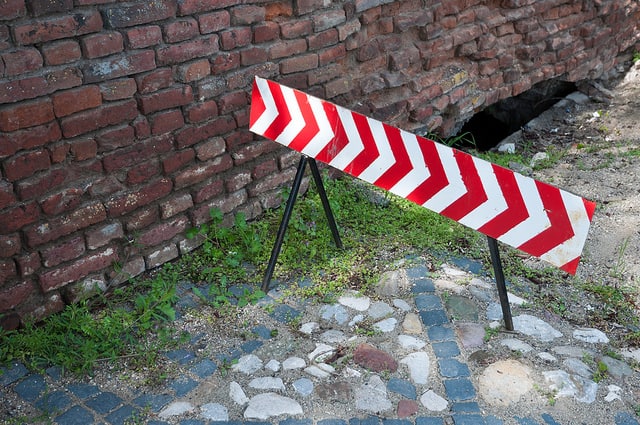Why are there so many ETFs? The answer is: because ETF providers are making lots of money selling them. The number of ETFs has little to do with serving investors’ best interests. Below are three red flags investors can use to avoid the worst ETFs:
- Inadequate Liquidity
This is the easiest issue to avoid, and our advice is simple: Avoid all ETFs with less than $100 million in assets. Low levels of liquidity can lead to a discrepancy between the price of the ETF and the underlying value of the securities it holds. In addition, low asset levels tend to mean lower volume in the ETF and large bid-ask spreads.
- High Fees
ETFs should be cheap, but not all of them are. The first step here is to know what is cheap and expensive.
To ensure you are paying at or below average fees, invest only in ETFs with an expense ratio below 0.48%, which is the average expense ratio of the 276 U.S. equity ETFs we cover.
Figure 1 shows the most and least expensive style ETFs in the U.S. equity universe based on total annual costs. QuantShares provides three of the most expensive ETFs while Schwab and Vanguard ETFs are among the cheapest.
Figure 1: 5 Least and Most-Expensive Style ETFs
Sources: New Constructs, LLC and company filings
However, investors need not pay high fees for good holdings. State Street SPDR Dow Jones Industrial Average (DIA) is our highest-rated style ETF and earns our Very Attractive rating. It also has low total annual costs of only 0.19%.
On the other hand no matter how cheap an ETF, if it holds bad stocks, its performance will be bad. The quality of a mutual fund’s holdings matters more than its price.
- Poor Holdings
Avoiding poor holdings is by far the hardest, but it is also the most important because an ETF’s performance is determined more by its holdings than its costs. Figure 2 shows the ETFs within each style with the worst holdings or portfolio management ratings. Note there are no ETFs we cover in the All Cap Growth and All Cap Value styles.
Figure 2: Style ETFs with the Worst Holdings
Sources: New Constructs, LLC and company filings
QuantShares appears more often than any other providers in Figure 2, which means that they offer the most ETFs with the worst holdings.
Our overall ratings on ETFs are based primarily on our stock ratings of their holdings. New Constructs covers over 3000 stocks and is known for the due diligence done on each stock we cover.
The Danger Within
Buying an ETF without analyzing its holdings is like buying a stock without analyzing its business and finances. Put another way, research on ETF holdings is necessary due diligence because an ETF’s performance is only as good as its holdings’ performance.
PERFORMANCE OF ETF’s HOLDINGs = PERFORMANCE OF ETF
Disclosure: David Trainer and Kyle Guske II receive no compensation to write about any specific stock, style, or theme.
Photo Credit: Horia Varlan (Flickr)


